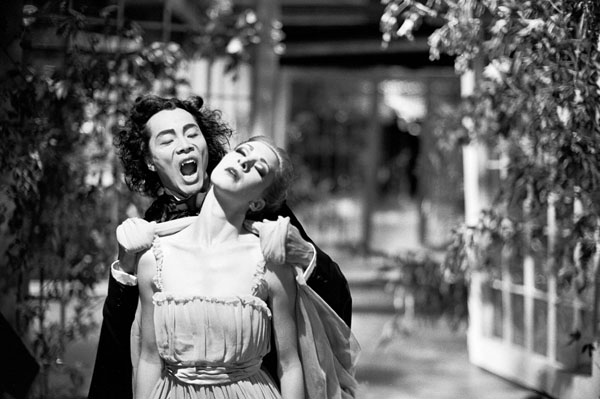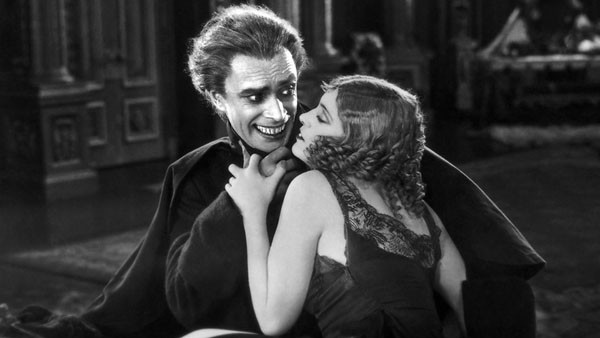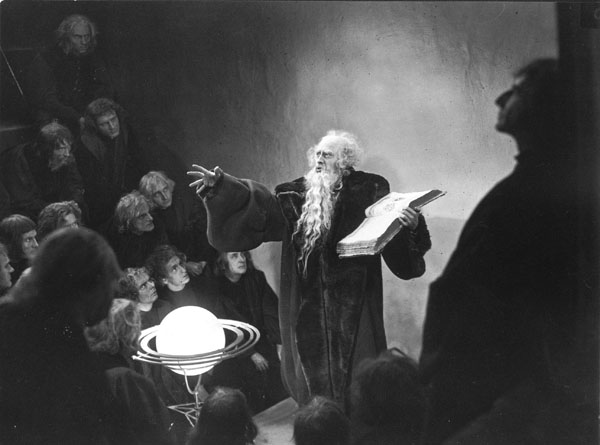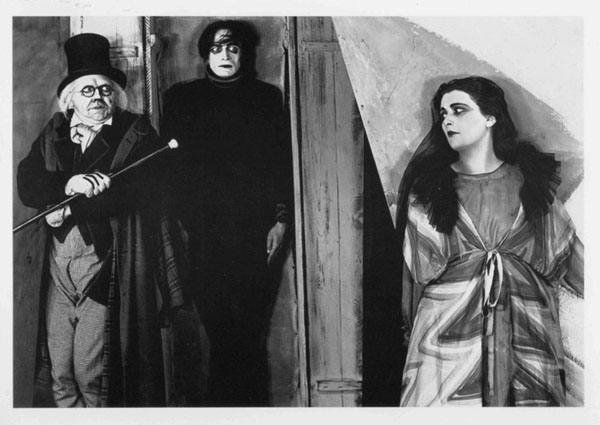
Dracula: Pages From a Virgin’s Diary
The history of silent film is steeped in the horror genre. Here are some favorites throughout time.
Dracula: Pages From a Virgin’s Diary (2002) is directed by Guy Maddin. The visionary director solicited Canada’s Royal Winnipeg Ballet to perform its beautiful interpretation of the Dracula story. He captured it with unique close-ups, and reached into his bag of primitive visual effects to create this dreamy, one-of-a-kind film.
The Man Who Laughs (1927) is directed by Paul Leni and stars Conrad Veidt. A man is vexed from childhood with a disturbingly permanent smile, which was surgically forged as punishment for the deeds of his family. He yearns to be loved, but fears the torment a lover might endure.
Faust (1926) is directed by F.W. Murnau. Emil Jannings and Gösta Ekman shine in this artistic, yet savorily distressing rendition of the classic tale. Faust is offered back his youth from Mephistopheles at the cost of his eternal soul. Murnau’s Faust is a visual feast.
Nosferatu (1922) is directed by F.W. Murnau and stars Max Schreck. Unable to secure rights from the Stoker family to make the first Dracula movie, Murnau unapologetically created his infamous, Nosferatu. Schreck is more than credible as the menacing vampire, and Murnau set the bar for horror films of the future.
The Cabinet of Dr. Caligari (1920) is directed by Robert Wiene. A traveling hypnotist is suspected of having his sleeping patient commit murders in a small town. Wiene leaned heavily on the intriguing German Expressionist style throughout this fine film. It stands as a study in the art.

















